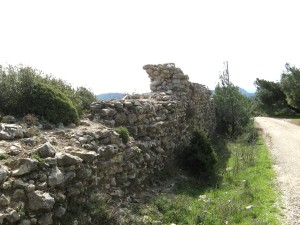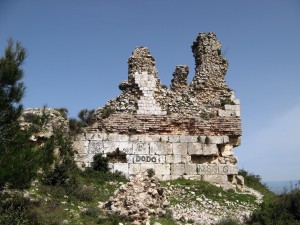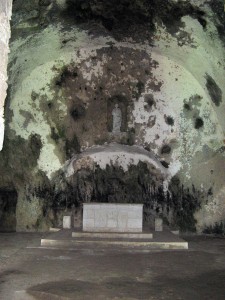Ah, Antioch, Queen of the East! The famed Western terminus of the Silk Road! The greatest city of Roman Syria! I’ve wanted to visit it for many years.
Alas, the modern city of Antakya (aka Hatay) is a pleasant provincial Turkish city, but with only glimmers of its great past. I kept a wary eye open for Patriarchs, but none of the five modern contenders for the title of Patriarch of Antioch and All the East actually deigns to live in the modern city.
Back in the city I toddled around the fine Archaeological Museum. This has a variety of good pieces, including a very fine 3rd c. AD sarcophagus and some 13th c. bc Hittite entry lions, amidst much else. But the highpoint is an amazingly large collection of 2nd to 5th c. AD mosaics. They are all somewhat damaged, but some are of very high quality. The general aim is Western-style “photo realism”, which is fine by me. I am amazed at how well they can sketch a human face with only a few fragments of stone
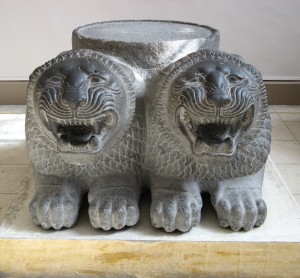 |
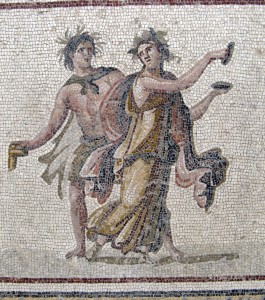 |
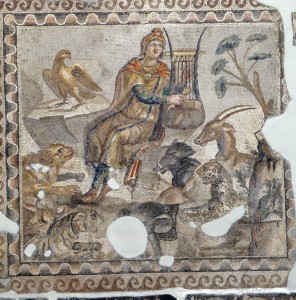 |
After visiting the local Tourist Information stand and (rather to my surprise) getting a bunch of helpful English brochures and a map, I strolled over to the Habib-I Neccar Mosque. This site started as a Roman Temple, was converted to a church, became a Mosque in 636 with the first Arab conquest, became a Church in the Byzantine reconquest, became a Mosque again in the Arab reconquest, became a Church again after the Crusader conquest, and then ended up as a Mosque after another Islamic reconquest. Needless to say the building is not the original, it has been through a number of restorations and rebuilds, notably in 1268 and 1857.
On the NE outskirts of the city is the Cave Church of St Peter. This is supposedly one of the very earliest Christian churches, founded by Peter himself. The modern cave has been heavily restored of course, with a 19th c. cut stone facade.
